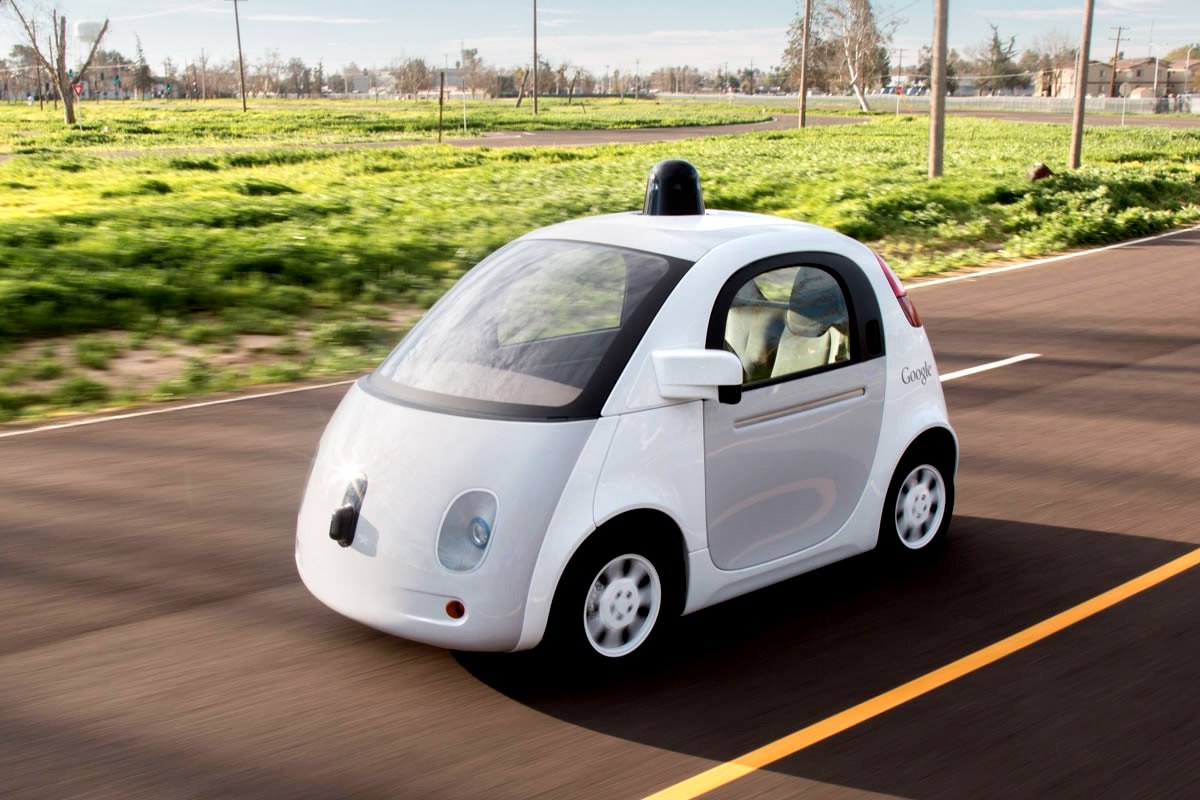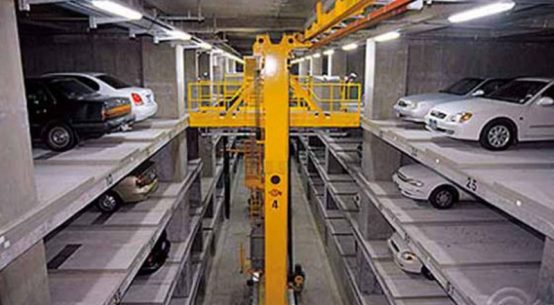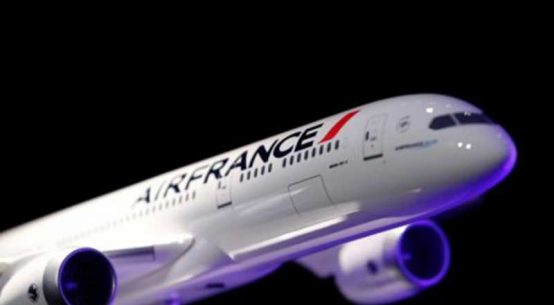
While the evolution of cars has seen a lot of media attention in recent years, car insurers have also been adopting new technologies for more than a decade
With driverless cars already cruising on many roads around the world and the recent announcement that flying cars will now be seen soaring above Dubai’s heavy traffic, many people are left wondering how these technological advancements will affect their day-to-day lives.
How will people get around in the future and how will this new technologies impact personal safety and the need for car insurance? Here is how technology will shape the future of driving having monitored the trends closely-
Often seen as a benchmark for car innovations, Tesla Motors entered the UAE car market earlier this year with the chief executive Elon Musk visiting Dubai in February to announce the launch. Just weeks before the visit, Tesla had introduced what it calls “full self-driving” capability for all its models.
In autopilot mode, Tesla cars can cruise and adapt speed to road conditions, change lanes and roads and even park automatically. There are limitations, of course, as Tesla’s autopilot in its current version only works on motorways or local roads with fairly low-speed limits. Tesla also requires the driver to monitor the vehicle at all times, just as a pilot monitors aircraft on autopilot.
The European car makers BMW, Mercedes and Volvo have incorporated similar advanced features for their premium 2017 models that have already been spotted cruising on Dubai and Abu Dhabi roads.
People around the world got another taste of the future when Chinese company Ehang introduced its concept of a passenger drone, colloquially referred to as a “flying car”. The vehicle is designed to fly a single passenger from and to any destination in a large city autonomously and without getting stuck in traffic. Many Dubai residents were amazed to read about the RTA’s plans of adopting such a vehicle as a flying taxi in Dubai in the near future.
While the evolution of cars has seen a lot of media attention in recent years, car insurers have also been adopting new technologies for more than a decade. The use of GPS and smartphones, in combination with a car’s on-board sensors, has introduced new concepts that are known as Usage-Based Car Insurance and Pay As You Drive. Usage-based insurance means that customers will pay car insurance premiums based on the actual kilometres that they drive.
Pay As You Drive, on the other hand, will focus on the driving style of the insured person. US-based car insurers introduced these new classes of insurance as early as 2004. In the UK, the insurance start-up Just Miles is aiming to cut car insurance cost for infrequent drivers or customers with multiple cars by using a smartphone app to monitor all driving activities. In the UAE, one insurer has introduced discounts on car insurance for safer drivers scoring high on its so own “How’s My Driving?” app.
With all these innovations in cars and insurance already being a reality for many consumers around the world, what will the future of driving and car insurance look like? While technology evolves at a fast pace, it often takes decades for innovative products to replace traditional concepts. Industries, laws and, most importantly, people’s habits have to change before new technologies can replace more established products and services.
ServiceMarket.com, an online marketplace for insurance predicted that conventional driving and automated driving will co-exist for many years to come. If your car is fully self-driving to the point that you become a passenger, you will obviously not be liable for any accidents it might cause and therefore won’t have to buy car insurance.
However, we believe that in the near future many cars will be offered in dual mode – meaning that you can choose to drive the car yourself or put it in driverless mode. For such cars, we expect that dual car insurance policies will become the market standard.
The UK government has concrete plans to introduce new laws for such dual policies. The basic idea is that drivers will not be responsible for any accidents caused in driverless mode; the insurer will pay for the damage caused by a car in self-driving mode but recover the cost from the manufacturer. The driver would maintain a clean driving record in this scenario – and would potentially pay less for car insurance when using the self-driving mode more often.
We also believe that the technology used in driverless cars will enable car insurers to take Pay As You Drive to much more advanced levels.
Self-driving cars will be equipped with many sensors that will collect information on the car’s surroundings and also on how the car is being driven in manual mode. Currently, your driving risk is assessed once per year and your car insurance premium is calculated based on a few factors. In the future, premiums will likely be calculated by software that analyses your driving in real time. Based on your driving style, on how often you drive in manual mode, the time and duration of your trips and what areas you drive in, your car insurance premium could go up or down quite significantly.
ServiceMarket.com is convinced that as the technology that drives cars evolves and nears perfection, human-driven cars might become obsolete. Regulatory authorities are likely to think that more accidents occur because of human errors and that driverless car make roads safer.
We nevertheless predict a long transition period where both concepts will co-exist. We expect that car insurance will get less expensive for safe drivers and cars frequently used in driverless mode.








